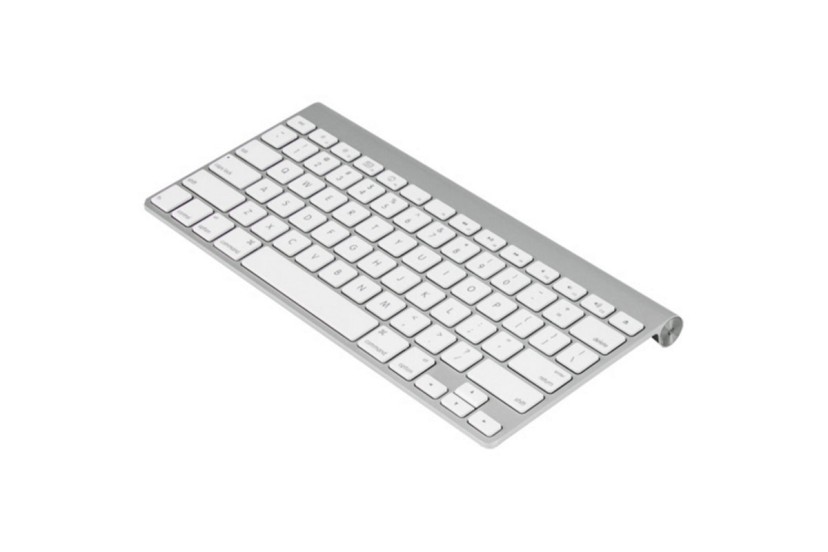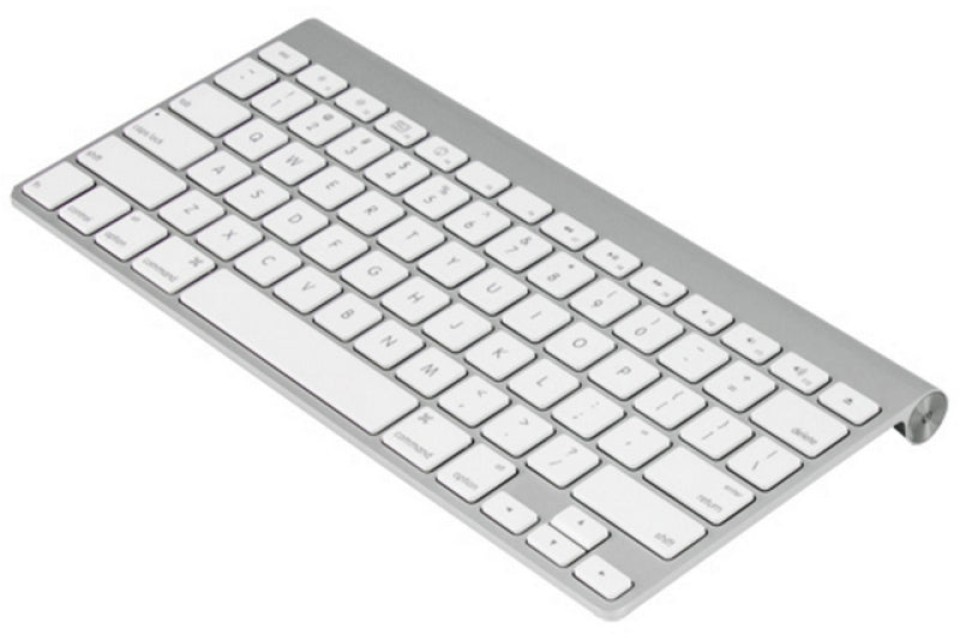Keyboard Layouts on MacBooks by Country or Region
Did you know that some keyboard layouts are only available in certain countries or regions? The MacBook keyboard may have variations in key and letter arrangements due to the different languages spoken in the countries where the products are manufactured.
This variety of languages, different from the operating system's configuration, can lead to some errors due to key swaps.
Forall has prepared everything you need to know to identify the original language of your keyboard! It may seem like a small detail, but this little detail makes a big difference in how you use your MacBook.
When you acquire a Mac and set it up for the first time, you need to choose the language you want to use, which will influence the layout of the keys. In most countries, keyboards are QWERTY. However, France and Belgium use AZERTY, and Germany, Switzerland, and Austria use QWERTZ.
At the time of purchase, Apple offers options to configure the Mac keyboard with the layout you prefer. However, to make things easier, it is possible to change the typing layout, whether to learn a new language or because you are accustomed to one of them.
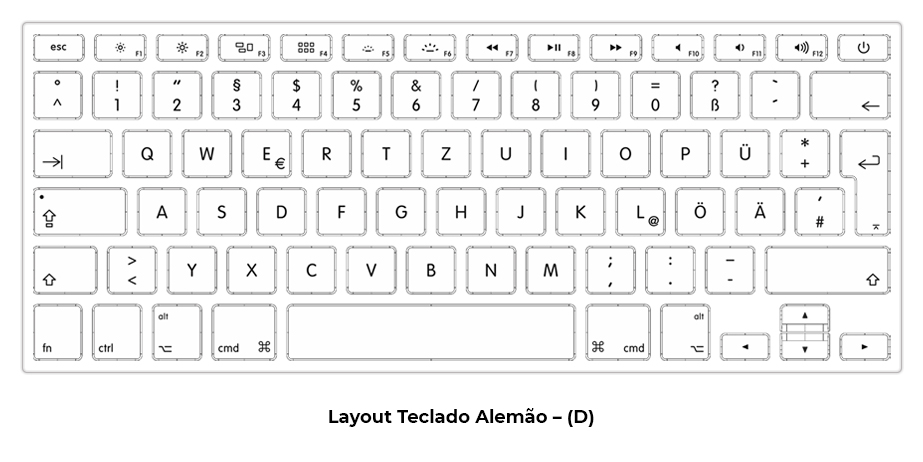
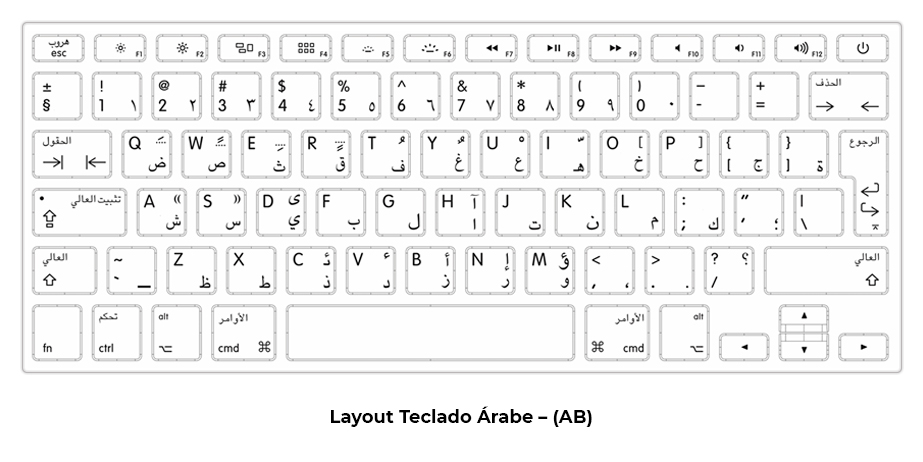
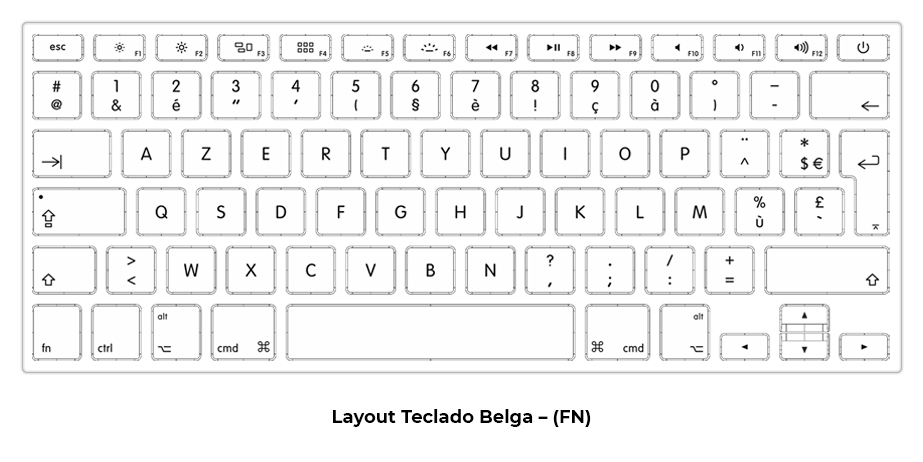
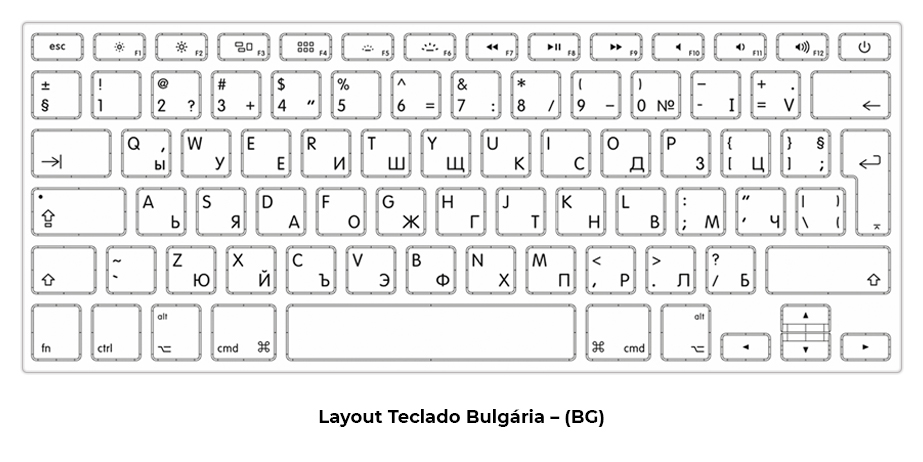
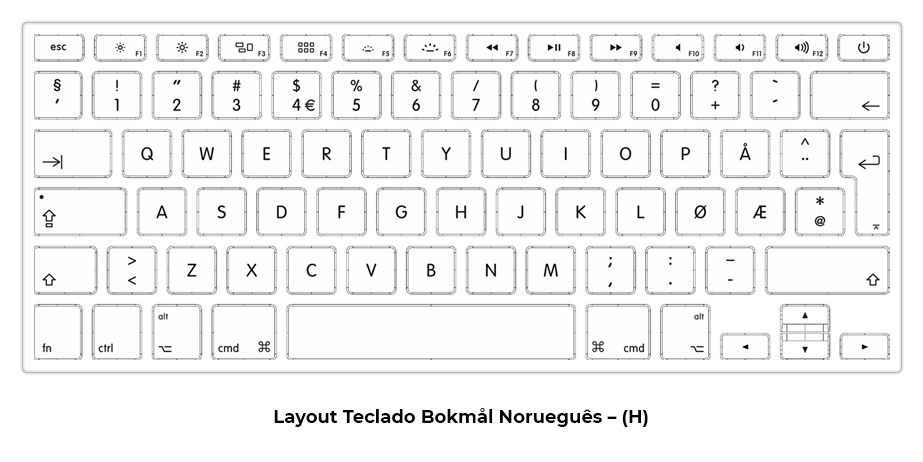
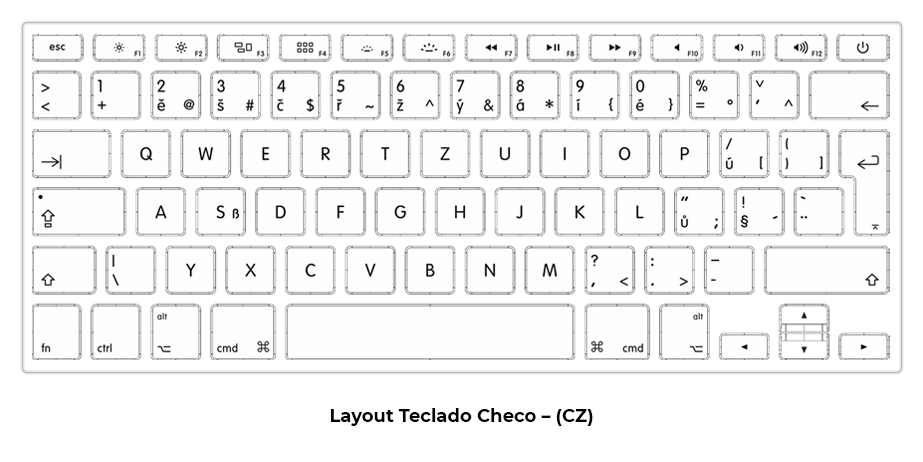
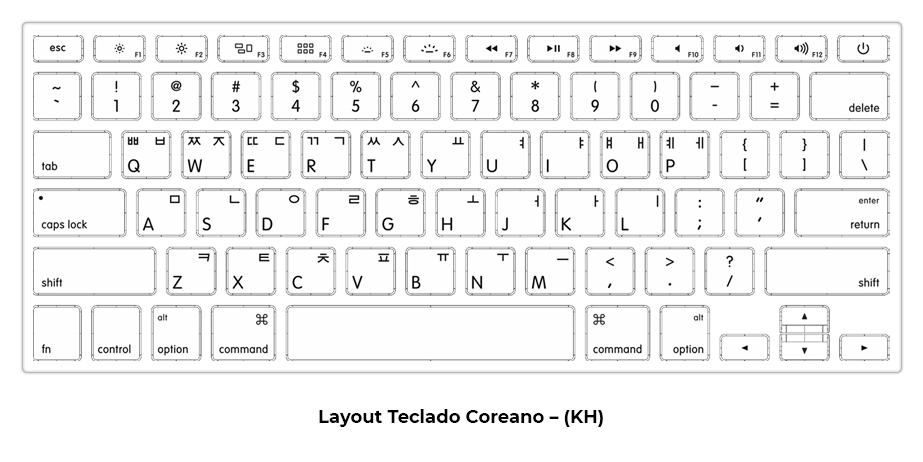
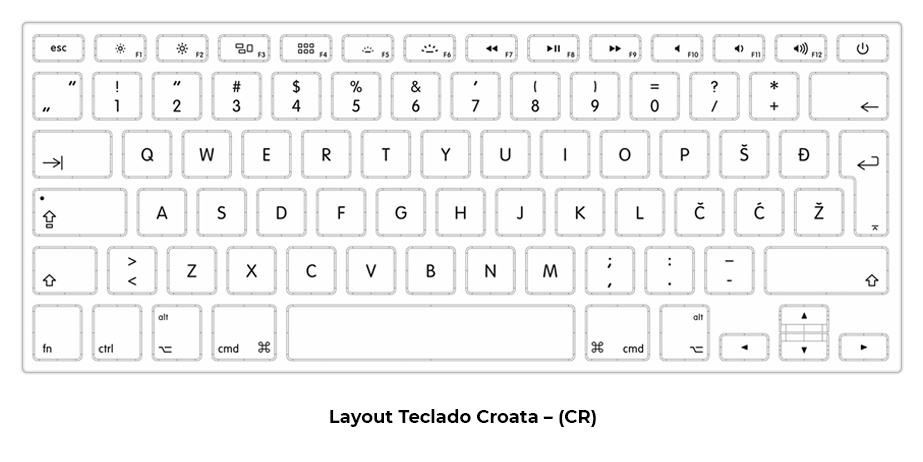
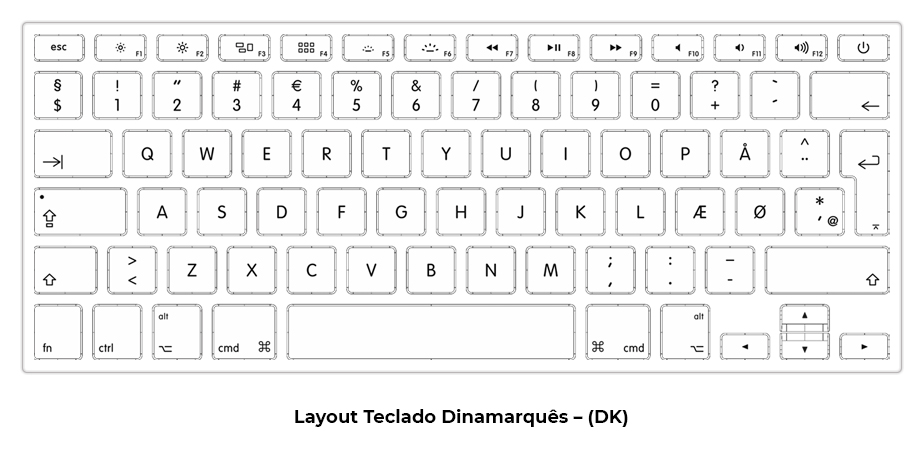
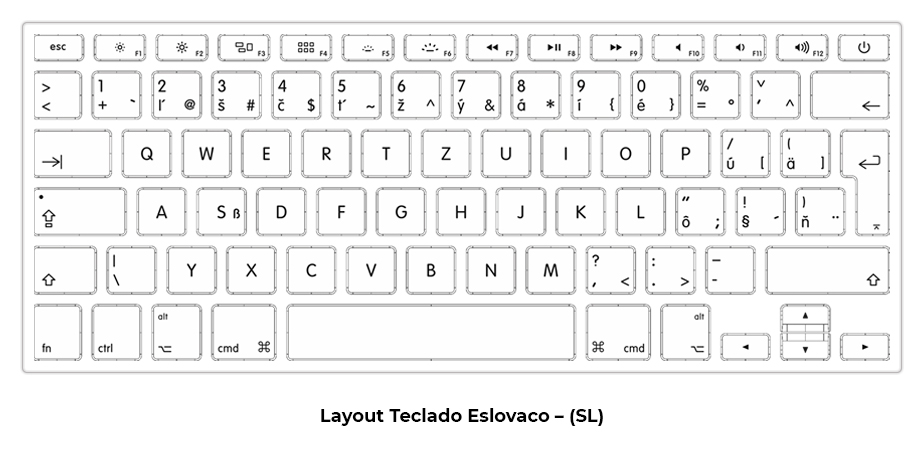
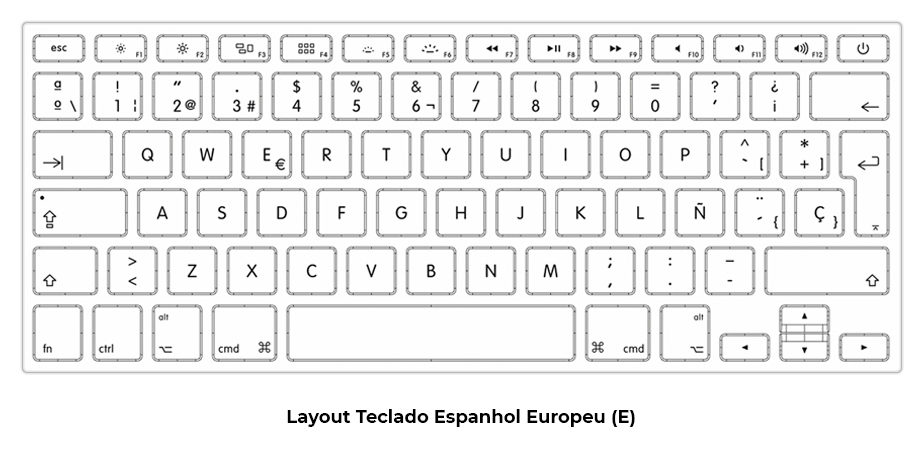
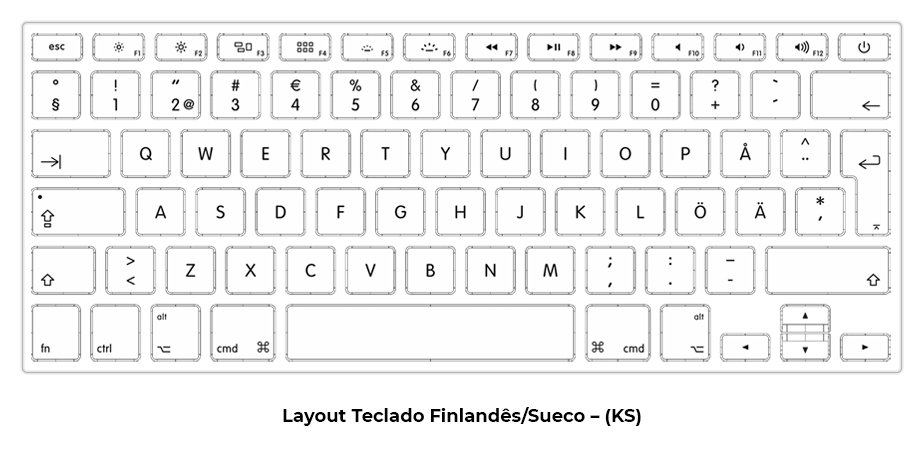
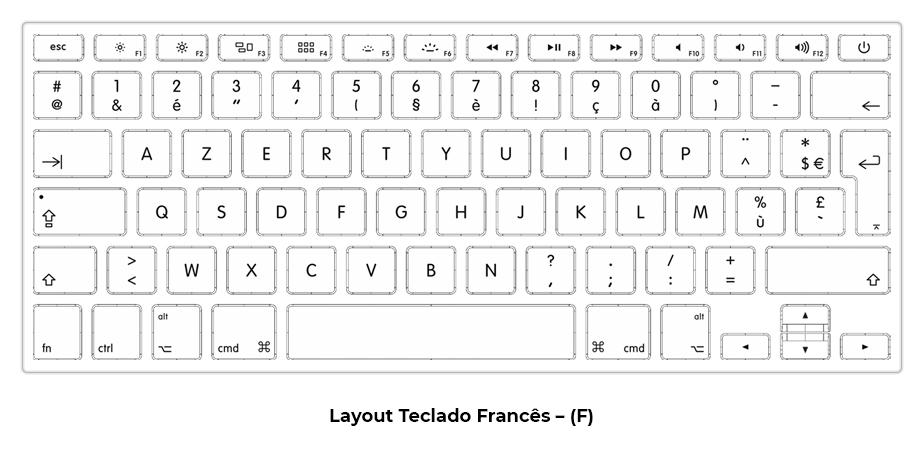
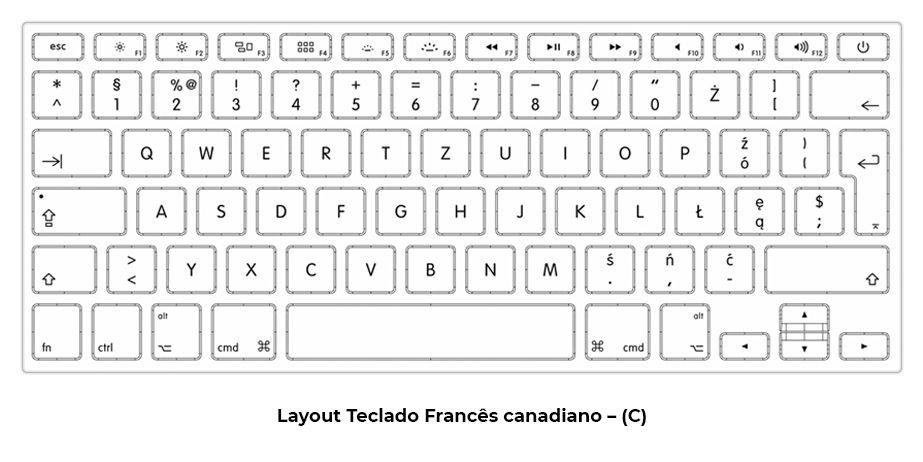
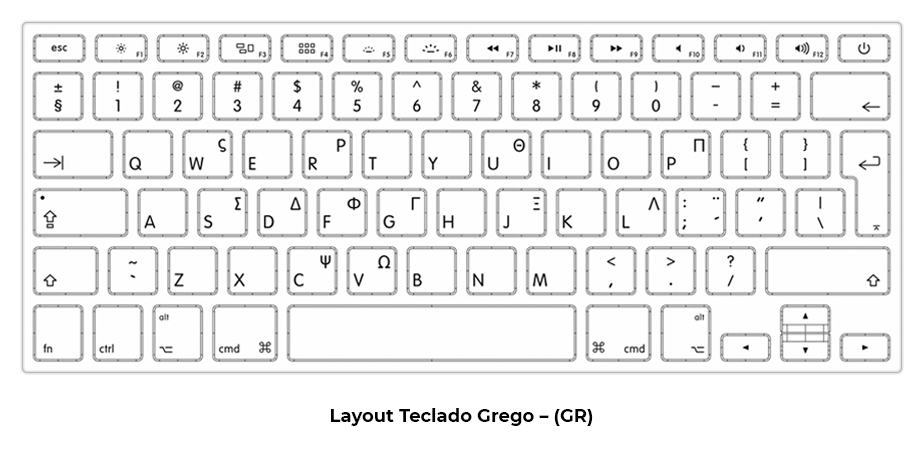
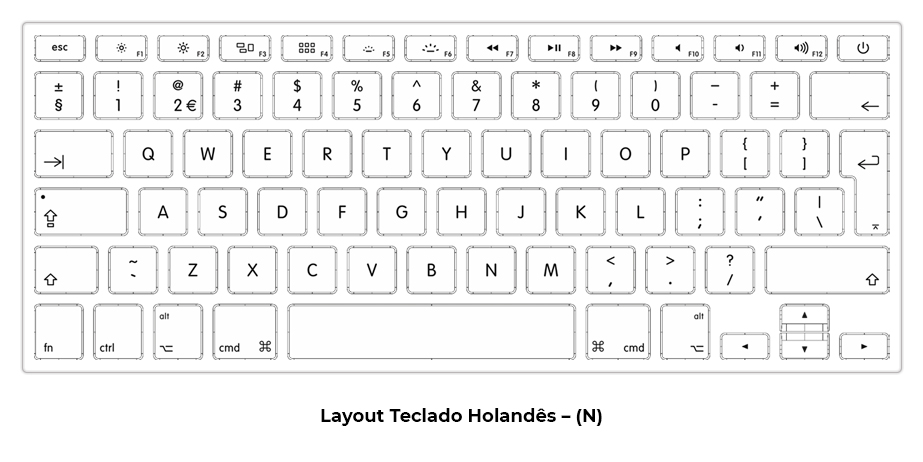
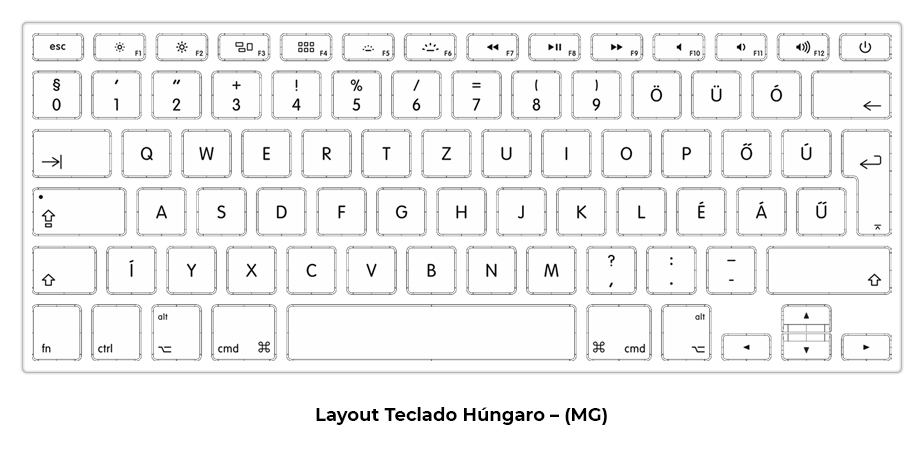
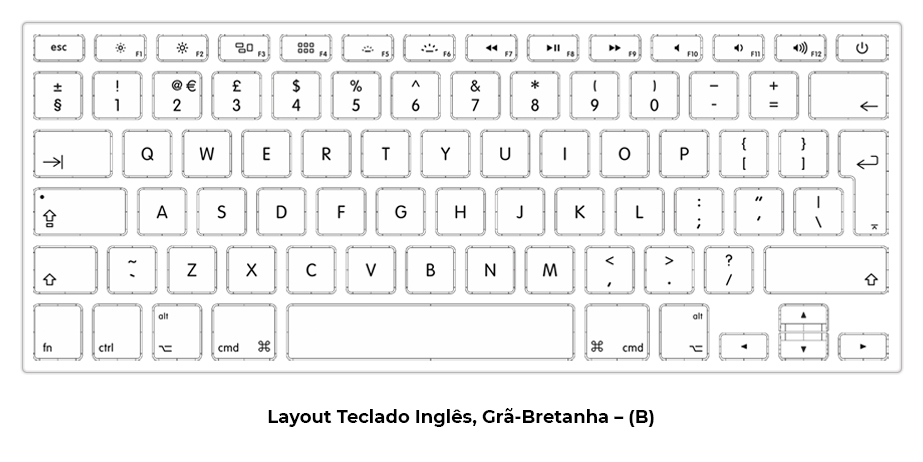
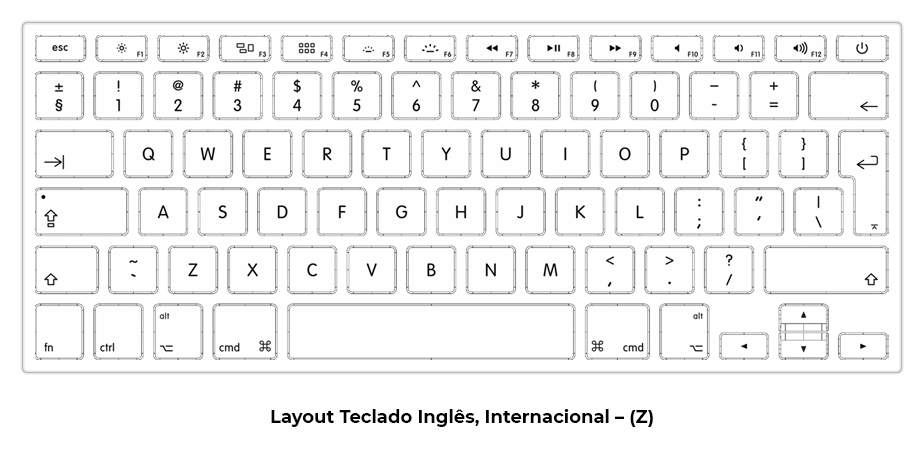
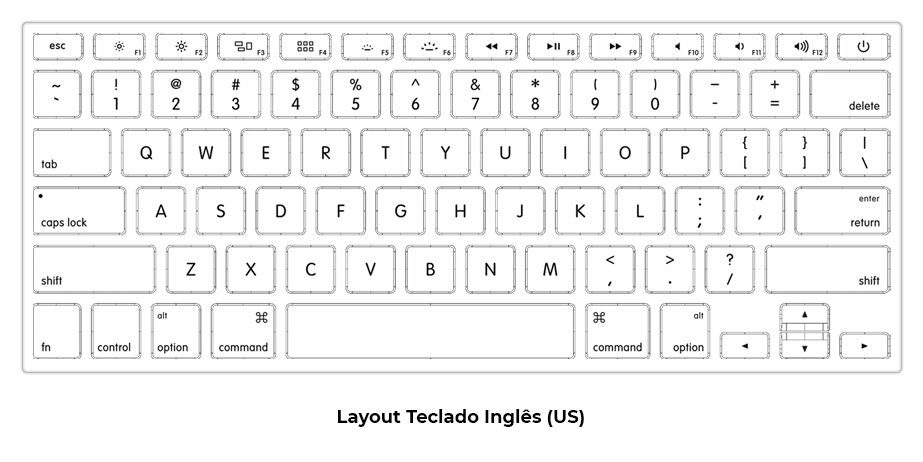
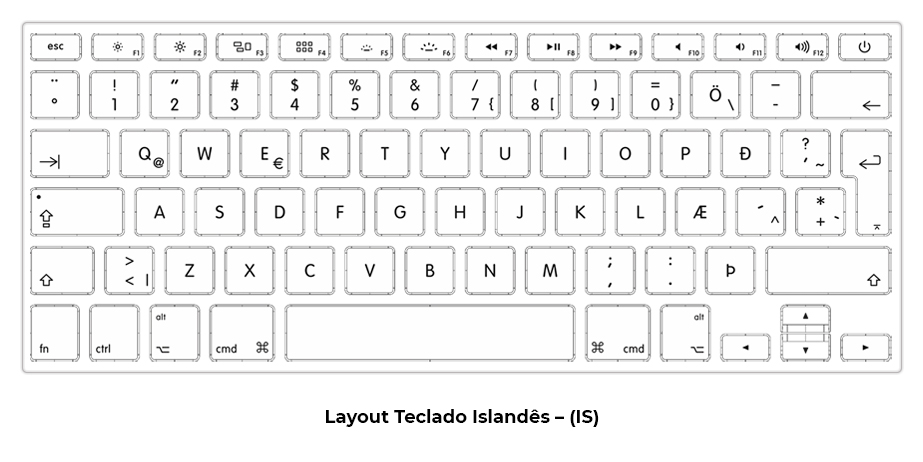
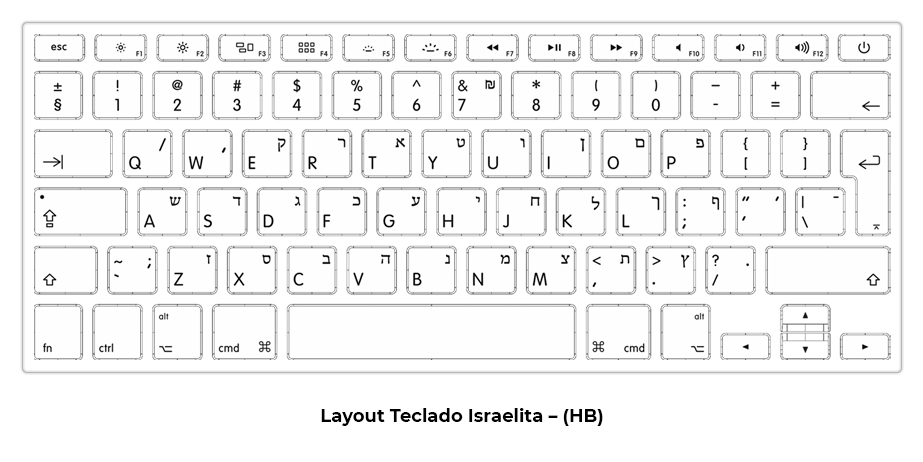
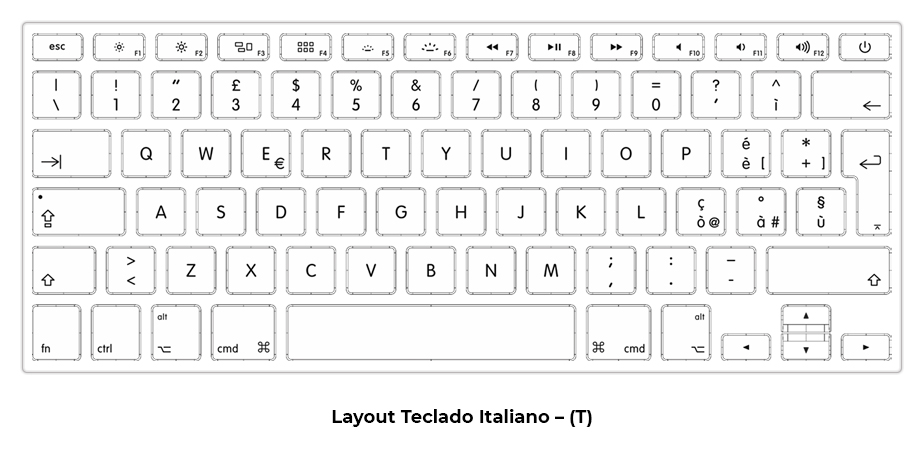
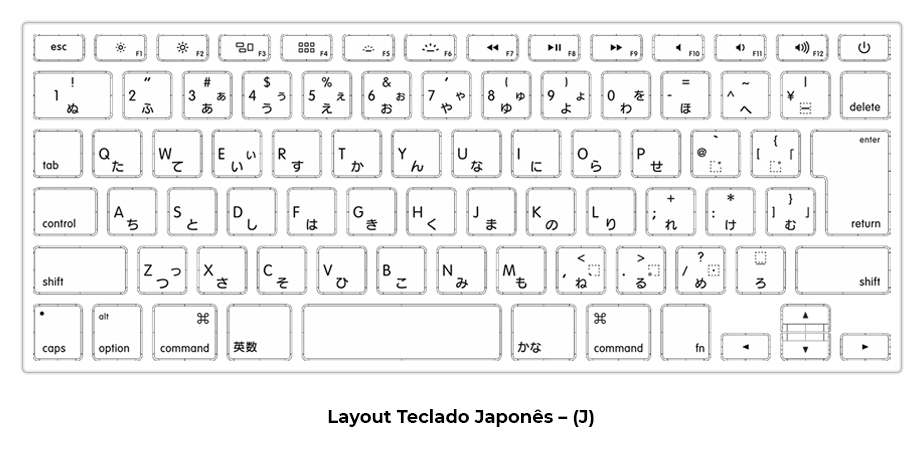
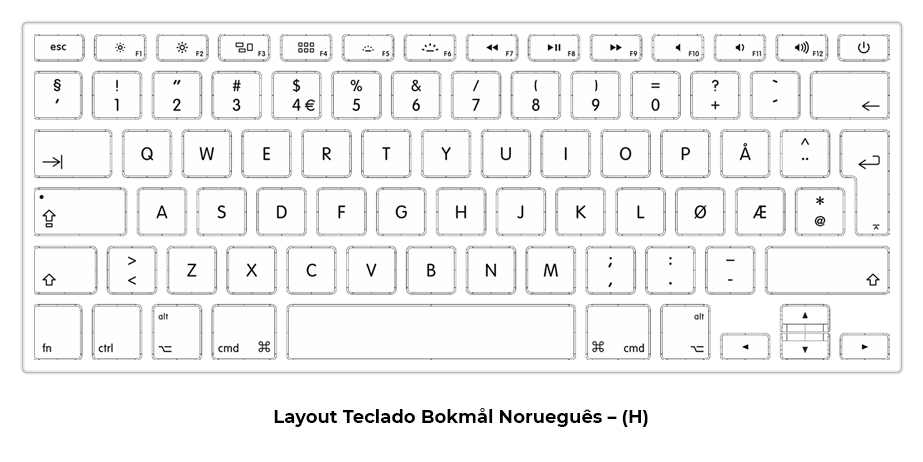
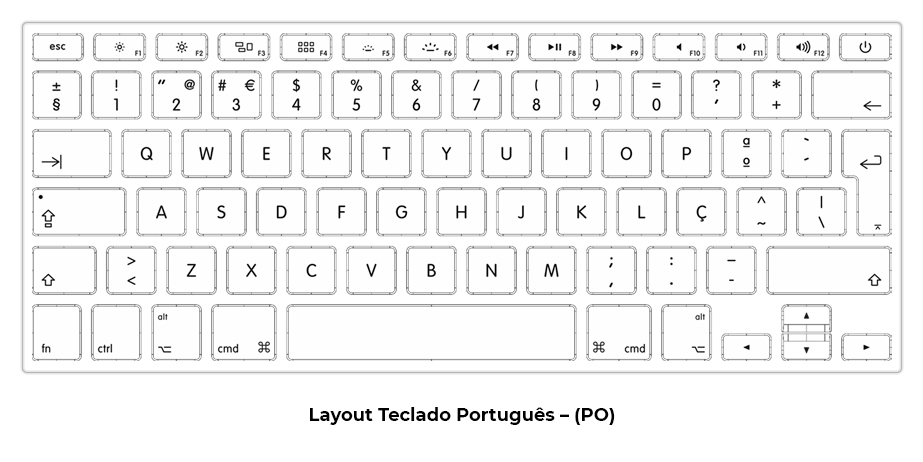
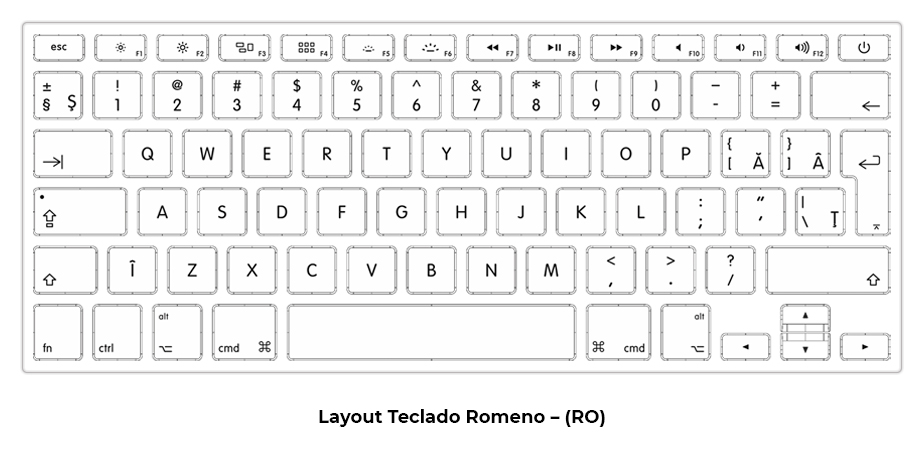
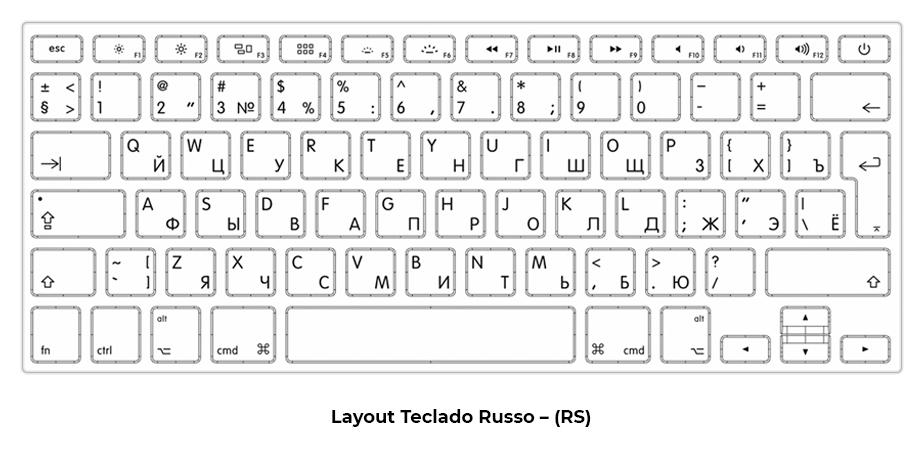
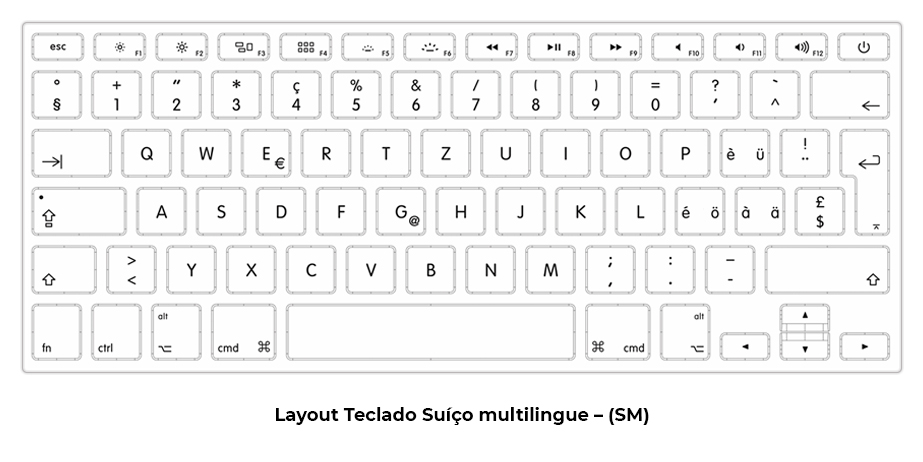
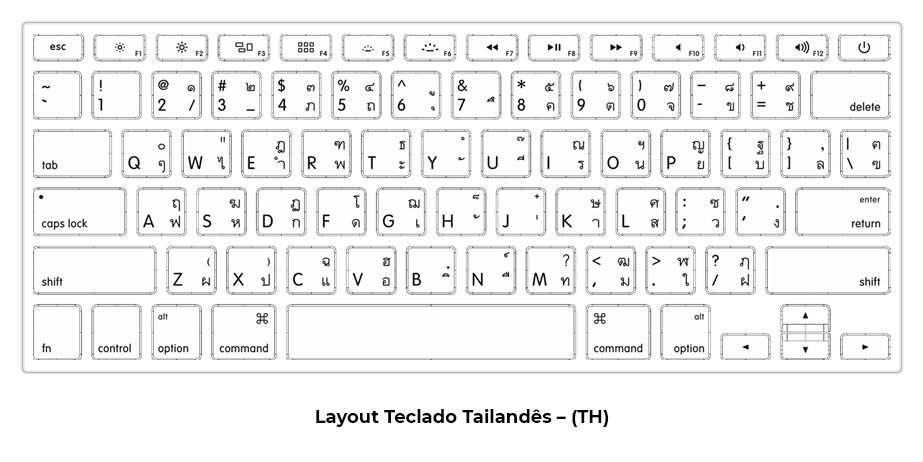
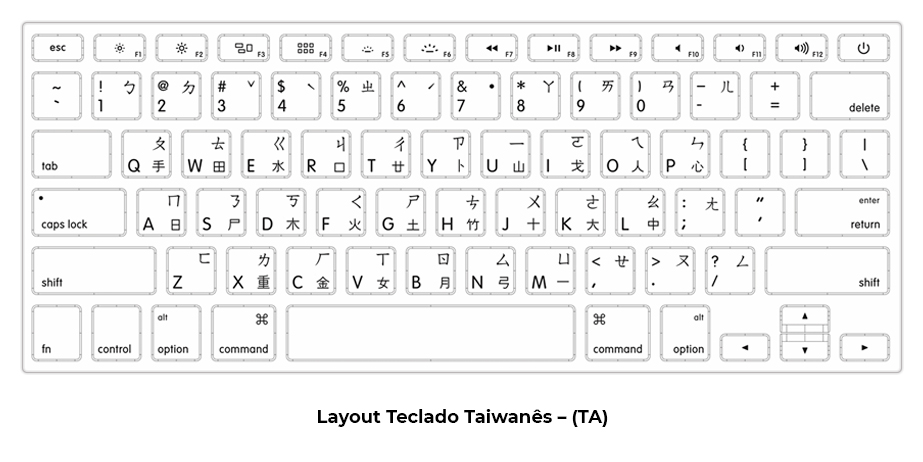
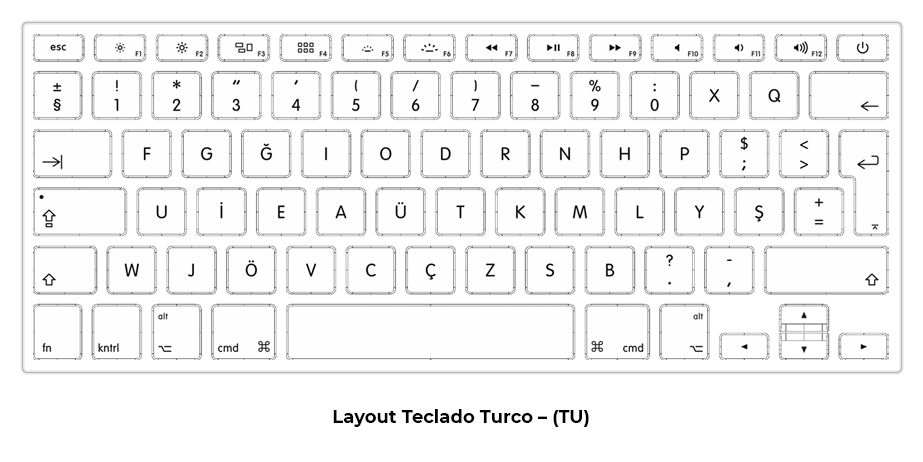
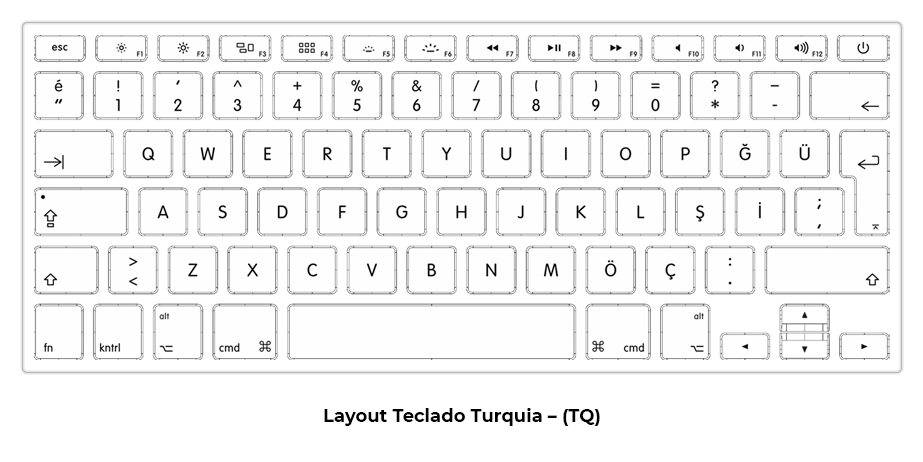
To change or add a new keyboard layout, simply:
Go to System Preferences

Keyboard, and click the + button in the Input Sources tab (in the sidebar).


Then click Add. If you have more than one layout configured in the system, you will see additional options at the bottom of the window, such as the option to add an input menu to the menu bar on the Mac for quick switching, as well as the ability to automatically switch layouts as needed.


The ABNT2 keyboard layout has the AltGr key positioned to the right of the space bar. It functions to activate the third function of the keys, allowing three characters to be displayed on the same key, with the third symbol located on the bottom right of the button. When the AltGr key is pressed together with a key that has the third function active, the combination allows typing symbols that do not have a specific key.
ABNT2 keyboards are those that have the Ç key and the question mark (?) symbol positioned next to the right Shift key.
These keyboards also differ, for example, from US keyboards in terms of the size of the Enter key, which is smaller compared to other layouts. The International English (US) keyboard layout does not have the Ç key. On this keyboard, the circumflex accent (^) is next to the 6 key, and the tilde (~) is on the same key as the backtick (`), located next to the number 1 on the top row of keys.
MacBook keyboards in Portugal are quite similar to the ABNT2 layout, differing only in that they do not have the question mark (?) key next to the right Shift key. In this case, the question mark key is located at the top, next to the number keys. Additionally, if the key with the less-than and greater-than symbols (< and >) is on the left, the keyboard has the Portuguese Portugal layout. Some MacBook models allow changing the keyboard layout without affecting its functionality.


